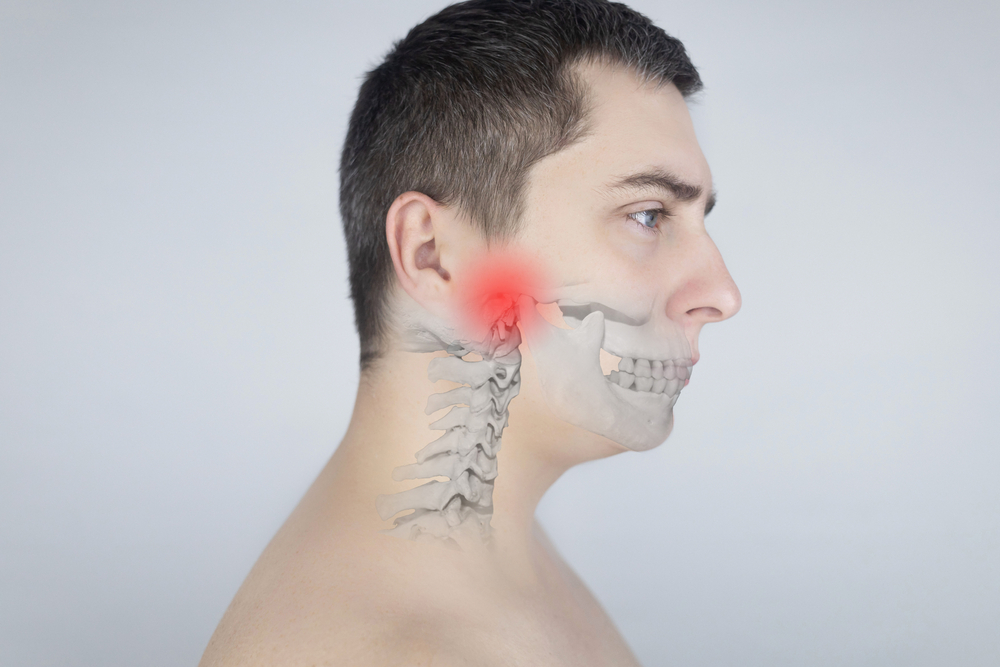
Ultimate Guide to Releasing TMJ Trigger Points for Effective Pain Relief
The temporomandibular joint (TMJ) is a critical hinge that connects your jawbone to your skull, playing a vital role in everyday activities such as talking and eating. When problems arise in this joint, it can lead to significant discomfort and pain, often manifesting as TMJ disorder. Understanding and releasing TMJ trigger points is essential for alleviating this pain and restoring normal function. This guide will explore effective techniques, benefits, and costs associated with treating TMJ trigger points.
What Are TMJ Trigger Points?
TMJ trigger points, often referred to as muscle knots, are tight and sensitive areas in the muscles around the jaw. These trigger points can cause significant pain and discomfort, spreading to the neck and head, and making jaw movement difficult. Recognizing and treating these points is crucial for managing TMJ disorder and ensuring overall dental health.
How to Release TMJ Trigger Points
Active Release Therapy
Active release therapy is a hands-on treatment plans and technique where a physical therapist applies continuous gentle pressure to the hardened knot tissue. This method, part of myofascial release, helps release tension and restore elasticity to the affected muscles, and also helps you find relief from TMJ syndrome and myofascial pain syndrome.
Stretching Exercises
Incorporating specific stretching exercises into your routine can help keep the muscles around your jaw flexible and reduce tension. Your physical therapist may recommend targeted neck and jaw stretches to improve mobility and alleviate pain. Over time, these jaw exercises can prevent future tension and enhance overall jaw function.
Ultrasound Therapy
Ultrasound therapy utilizes sound waves to stimulate deep tissue around the jaw, increasing blood circulation and reducing muscle spasms. Studies have shown that this technique can significantly improve TMJ functionality and reduce pain, making it a valuable tool in treating TMJ disorder.
Self-Care Techniques
Self-care plays a vital role in managing TMJ pain between physical therapy sessions. Techniques such as applying heat or cold compresses can help reduce swelling and improve blood flow to the affected areas. Following a consistent self-care routine can maintain your progress and prevent the recurrence of TMJ symptoms.
TENS (Transcutaneous Electrical Neuromuscular Stimulation)
TENS involves applying low-level electrical currents to the skin over your TMJ trigger points. This technique promotes muscle relaxation and alleviates pain at its source. Clinical studies have demonstrated its effectiveness in managing TMJ disorder, making it a reliable option for long-term TMJ and myofascial pain relief.
What Are the Pressure Points to Relieve TMJ?
Several pressure points can help relieve TMJ pain. These include:
- Masseter Muscle: Located at the jaw’s side, this muscle can be massaged to alleviate tension.
- Temporalis Muscle: Found on the sides of your head above the ears, massaging this area can reduce headache, jaw, and facial pain.
- Pterygoid Muscles: Located inside the mouth, these muscles can be gently massaged by a professional to release deep-seated tension.
How to Give Yourself a TMJ Trigger Point Massage and Jaw Exercise
Performing a self-massage can help relieve TMJ pain and tension. Here’s how you can do it:
- Find a Quiet Space: Sit in a comfortable position in a quiet environment.
- Locate the Trigger Points: Open your mouth and use your fingers to find tender spots around your jaw and temples.
- Apply Gentle Pressure: Use circular motions to gently massage these areas. Gradually increase the pressure as tolerated.
- Repeat Daily: Perform this massage daily to maintain muscle relaxation and reduce pain.
Benefits of Releasing TMJ Trigger Points
Releasing TMJ trigger points offers numerous benefits, including:
- Reduced Pain: Alleviating tension in the jaw muscles can significantly reduce pain and discomfort.
- Improved Jaw Mobility: With less tension, your jaw can move more freely, enhancing overall function.
- Prevention of Future Issues: Regularly managing trigger points can prevent the recurrence of TMJ symptoms and promote long-term health.
- Enhanced Quality of Life: Reduced pain and improved jaw function can significantly enhance your quality of life.
Managing TMJ disorder requires a comprehensive approach that includes understanding and releasing TMJ trigger points. Techniques such as active release therapy, stretching exercises, ultrasound therapy, self-care, and TENS can provide significant relief and improve jaw function. For professional and tailored dental care, trust Vista Family Dentistry to guide you on your journey to better oral health and well-being.
For comprehensive family dentistry services, including the treatment of TMJ disorder, visit Vista Family Dentistry. We specialize in dental care for babies, children’s dentistry, dental hygiene, and braces for kids. Our team is dedicated to providing personalized care to address all your dental needs.
Contact Vista Family Dentistry today at 262-717-9104 to schedule an appointment and learn more about our services. Let us help you achieve optimal dental health and relieve TMJ pain effectively.
